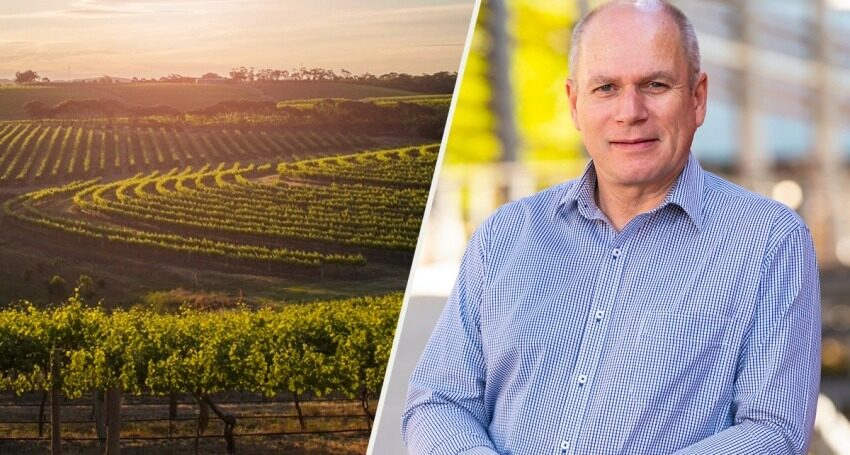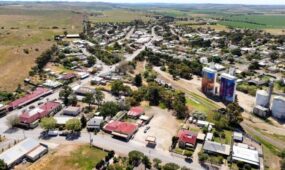Fight to keep Prosecco bubbles in Aussie hands
Regional
Winemakers fear the state’s growing love affair with its Prosecco sparkling wine will be destroyed in the same way as Champagne – with the European Union launching an offensive to stop the grape varietal from being listed on local labels.

Sign up to receive notifications about new stories in this category.
Thank you for subscribing to story notifications.

Industry honchos are calling on the Australian Government to fight back in its current negotiations on the Australia-European Community Agreement on Trade in Wine as the EU tries to add 50 new geographical indications (GIs) to its protection list.
It is the second time the EU has tried to add Prosecco to the list so it can stop Australian winemakers from using the grape variety’s name to market their own sparkling wine.
Outgoing South Australian Wine Industry Association chief executive Brian Smedley said it was vital to have government negotiators prevent this from happening as 15 wine vineyards now have Prosecco plantings in SA and its popularity is rising.
Smedley fears listing Prosecco as a GI would not only slam the door on South Australia’s growing industry of Prosecco creators – but it will open another door to the EU in its push to build even more barriers around the local SA industry marketing wines around grape varietals.
“It is about who gives way in terms of the negotiating process,” Smedley said, adding that SA’s first Prosecco plantings went into the ground in 2005.
“Prosecco and Vittora are two on the list, there’s also concern around a French variety we have planted in SA called Piepoul de pinet (for white wine).
“We’re interested in those because they are grape varieties but the EU seeks to call them a geographical indicator…. there shouldn’t be exclusive rights to use them (in branding) in Europe only.”
The Wine Agreement partnership between the EU and Australia started almost 30 years ago, where both the EU and Australia agree to protect existing wine GIs.
Since it started, Australia has agreed to protect more than 2000 EU wine GIs, such as Champagne and Burgundy, while the EU has also agreed to protect over 100 Australian wine GIs, such as Barossa Valley and Margaret River.
As the Australian Government negotiates the proposed amendments it is calling for public objections about proposed new and updated European Union wine geographical indications, with submissions closing on Friday, April 21.
Smedley said Italy changed the name of the Prosecco grape variety in 2009 to Glera within the EU and registered Prosecco as a geographical indication, and is now lobbying for it to be named a GI.
“There’s an example where Champagne is a varietal but it is also a region but in Italy Prosecco was re-named Glera in 2009 but then it registered Prosecco as a geographical location,” he said.
“What we are saying is there shouldn’t be exclusive rights … if it can be applied to a grape varietal how many other grape varietals could they then ask to preclude?
“We have to ensure we have an argument and objection loud enough and robust enough so the Australian government argues strongly so it is not included.”
Family-owned wine company Brown Brothers is among those urging Australians to join the fight with the hashtag #SaveAussieProsecco.
Winemaker Katherine Brown said Prosecco is a grape variety historically grown in the Veneto region of Italy and the grape was brought out to Australia in the late 1990’s.
In 2009, Italy changed the name of the Prosecco grape variety to Glera within the EU and registered Prosecco as a geographical indication (GI) in the EU and has been fighting for over a decade to claim Prosecco as a GI in global markets, including Australia, she said.
You can make a submission here.
Jump to next article




